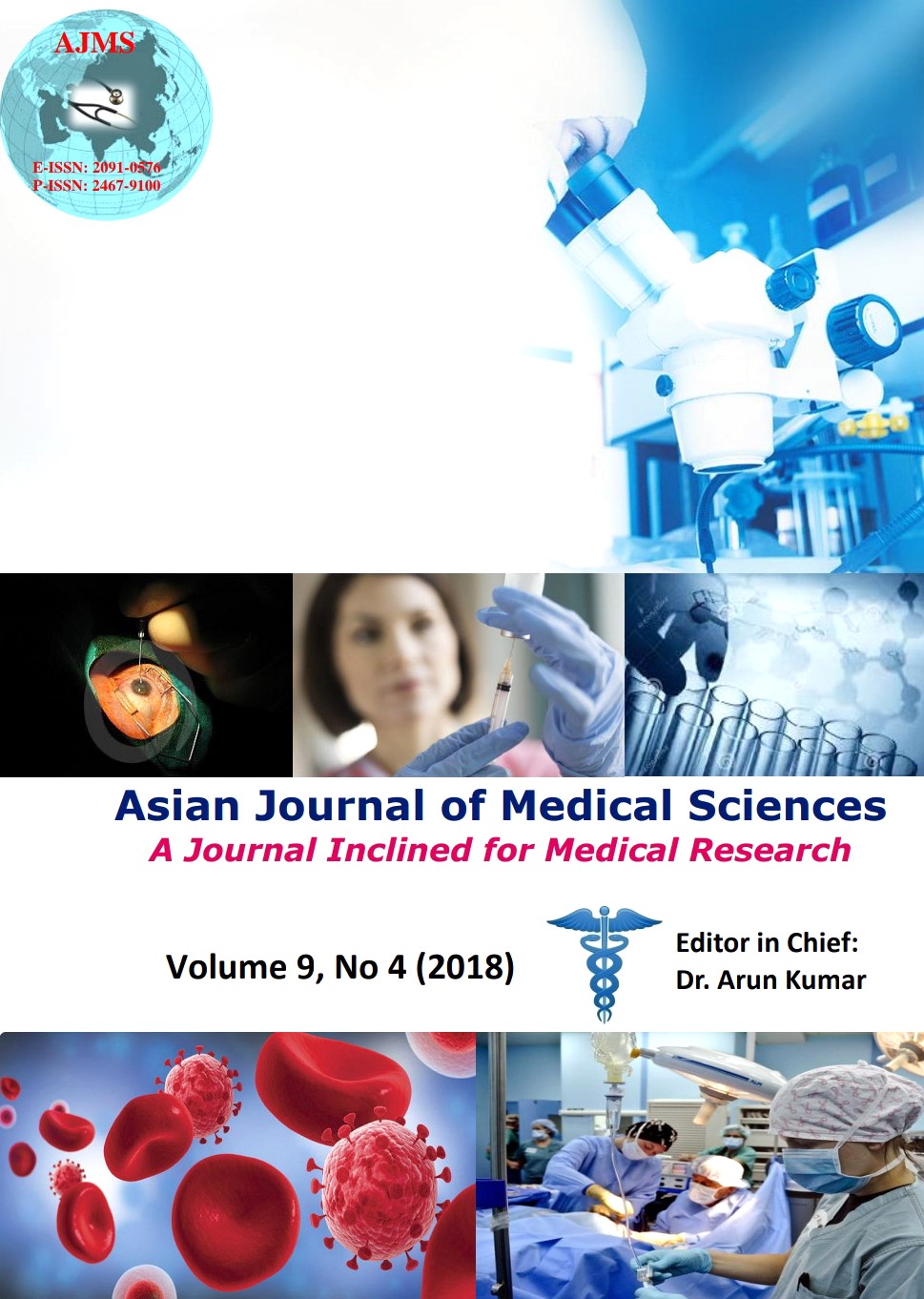Asymptomatic Bacteriuria amongst Menopausal women in Calabar, Nigeria
Keywords:
Asymptomatic bacteriuria, Menopausal women, CalabarAbstract
Background: Bacteriuria is considered a common bacterial infection in women particularly in postmenopausal women which consequently may warrant the need to treat the disease for prevention of bacteriuria developing complications.
Aims and Objectives: This work was to investigate the prevalence of asymptomatic bacteriuria among menopausal women in Calabar, the incriminating bacterial pathogens and their antibiotic susceptibility pattern.
Materials and Methods: Early morning mid stream urine samples from randomly selected 200 women (comprising of 50 premenopausal, 50 menopausal, 50 postmenopausal women and 50 apparently healthy young ladies of menstruating age (control subjects)) between the ages of 50 to 90 years were cultured by Leigh and Williams’s method. Questionnaires were also administered.
Results: 24 (16%) of the test group while 3 (6%) of the control group had infection (p=0.008). Subjects aged 35-40 years had the highest prevalence of infection 6 (18.5%), while age group 66-70yrs had the lowest infection rate 0(0%)( P = 0.841). Post-menopausal women had the highest prevalence of asymptomatic bacteriuria 10(20%) while pre-menopausal and menopausal women had a lower prevalence rate of 7 (14%) each (p=0.0687). The most frequently isolated organism was Staphylococcus aureus (33%) and Ciprofloxacin was the most sensitive antibiotic observed.
Conclusion: This work has revealed a high prevalence rate of asymptomatic bacteriuria high level of asymptomatic bacteriuria among menopausal women and the need for routine screening of this category of women for a standard healthy living.
Asian Journal of Medical Sciences Vol.9(4) 2018 51-56
Downloads
Downloads
Published
How to Cite
Issue
Section
License
Authors who publish with this journal agree to the following terms:
- The journal holds copyright and publishes the work under a Creative Commons CC-BY-NC license that permits use, distribution and reprduction in any medium, provided the original work is properly cited and is not used for commercial purposes. The journal should be recognised as the original publisher of this work.
- Authors are able to enter into separate, additional contractual arrangements for the non-exclusive distribution of the journal's published version of the work (e.g., post it to an institutional repository or publish it in a book), with an acknowledgement of its initial publication in this journal.
- Authors are permitted and encouraged to post their work online (e.g., in institutional repositories or on their website) prior to and during the submission process, as it can lead to productive exchanges, as well as earlier and greater citation of published work (See The Effect of Open Access).




